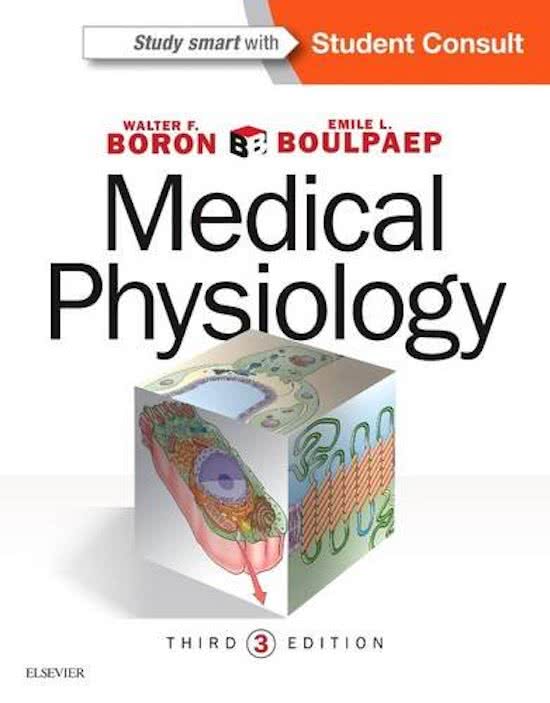Samenvatting
De Nier 8NC10 Samenvatting
Samenvatting van het vak De Nier, gebasseerd op de slides van de colleges. Dit vak wordt (meestal) gegeven in het derde jaar van de studie Medische Wetenschappen en Technologie, of voor de studenten met vakkenpakket Basic Tissue Engineering op de TU/e.
[Meer zien]














